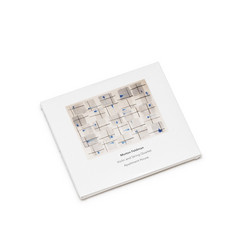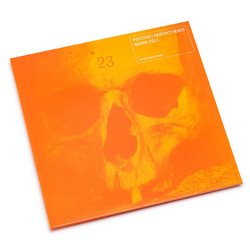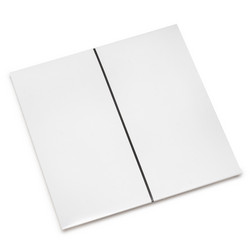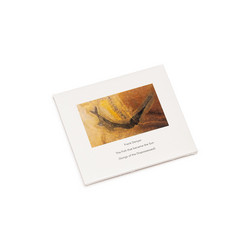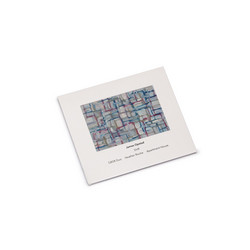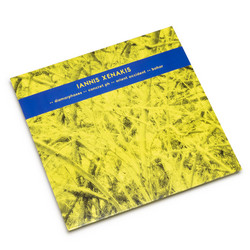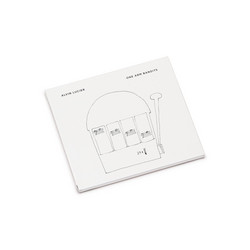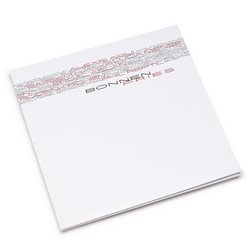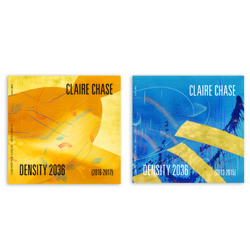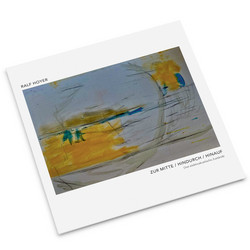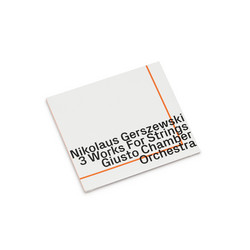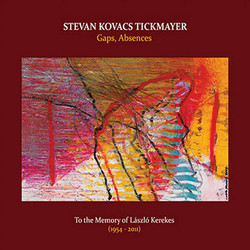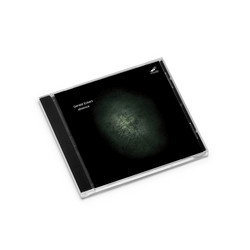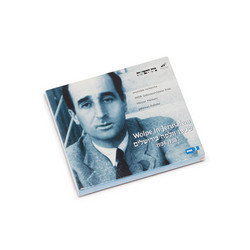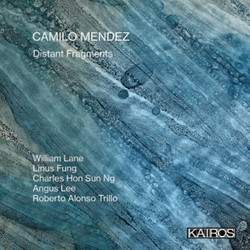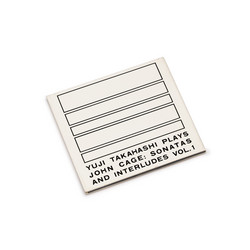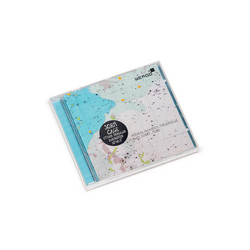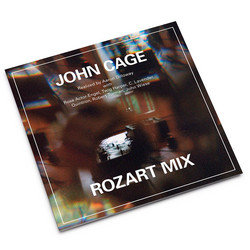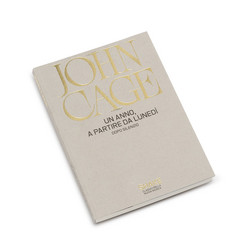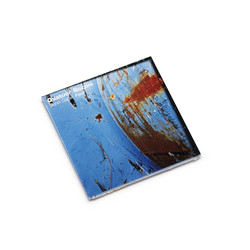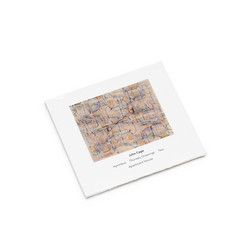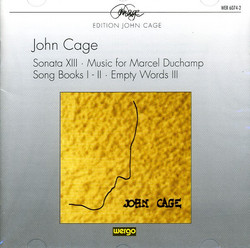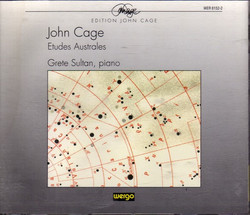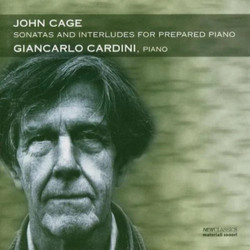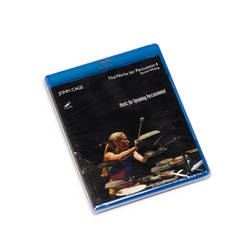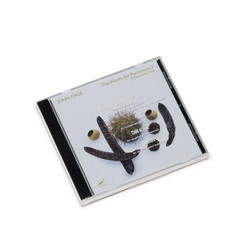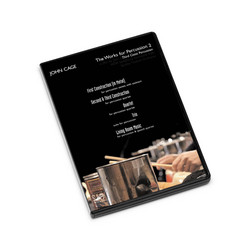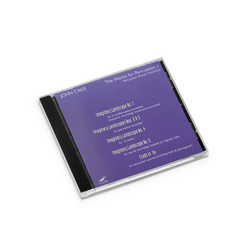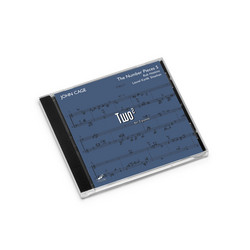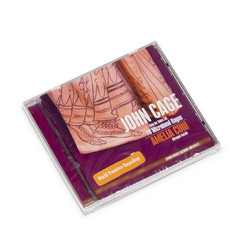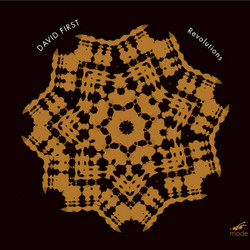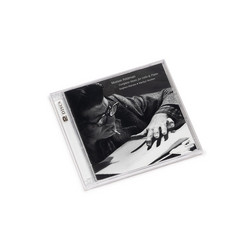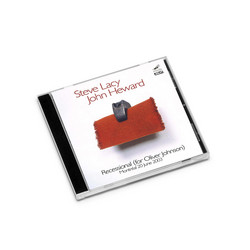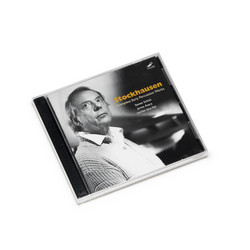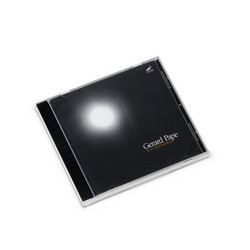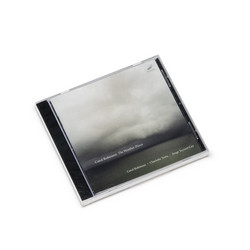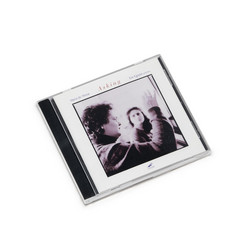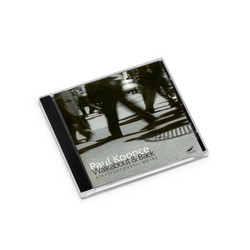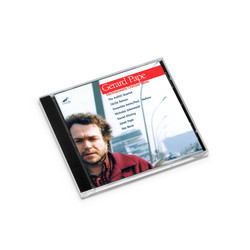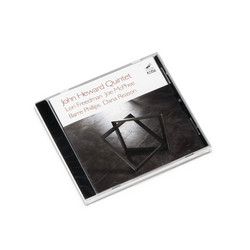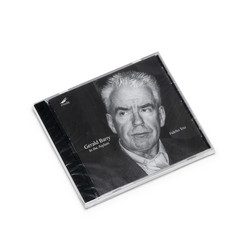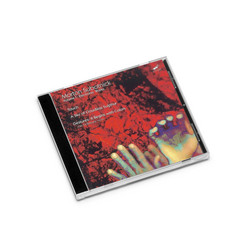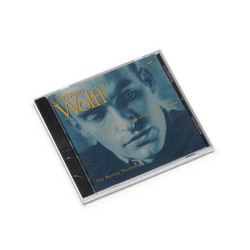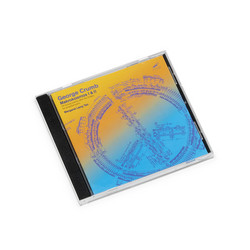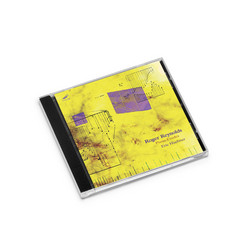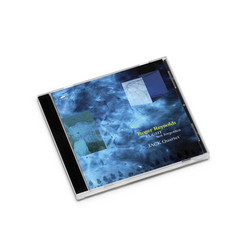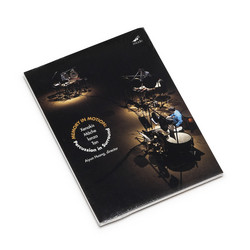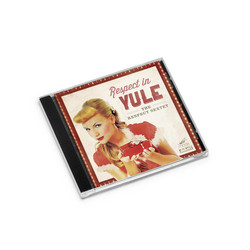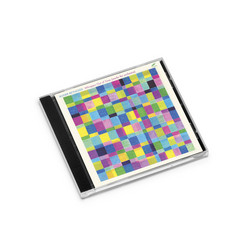Cage’s One8 was composed for cellist Michael Bach, an artist who had a very important place in Cage’s late work. Its duration of 43’30” makes an oblique reference to Cage’s groundbreaking 4’33” (1952). It is constructed of 53 time brackets with single sounds to be played on 1, 2, 3, or 4 strings. These time brackets tell the player when to begin and end each section (each section often containing a single note). Durations, dynamics and bow positions are free. Allan Kozinn had this to say in The New York Times about Michael Bach’s performance of One8 at the Museum of Modern Art in New York City, July 1992: “Using both standard and curved bows, he made his way through Mr. Cage’s 43-minute sequence of sustained notes, sustained chords, progressions of chords, and eerie, high-pitched harmonies with a sense of serenity that invited a listener to regard the work not as a collection of disparate, disjointed sounds, but as an otherworldly ritual.” Michael Bach has a strong international reputation as a performer of contemporary and traditional cello repertoire, with a special emphasis on the works of J.S. Bach. Bach is noted for the revival of the “curved-bow” for the cello. Typical in the baroque era, the curved bow allows the cellist to make contact with up to four strings simultaneously, permitting the performer to play chords on the cello.
Cage was fascinated with the possibilities of the curved-bow and worked with Michael Bach on One8 and his very last, unfinished and unpublished work. In addition to his performing and recording career, Michael Bach also manufactures curved-bows for other string players, broadening the interest in this performance technique.
Liner notes are by Cage scholar James Pritchett



